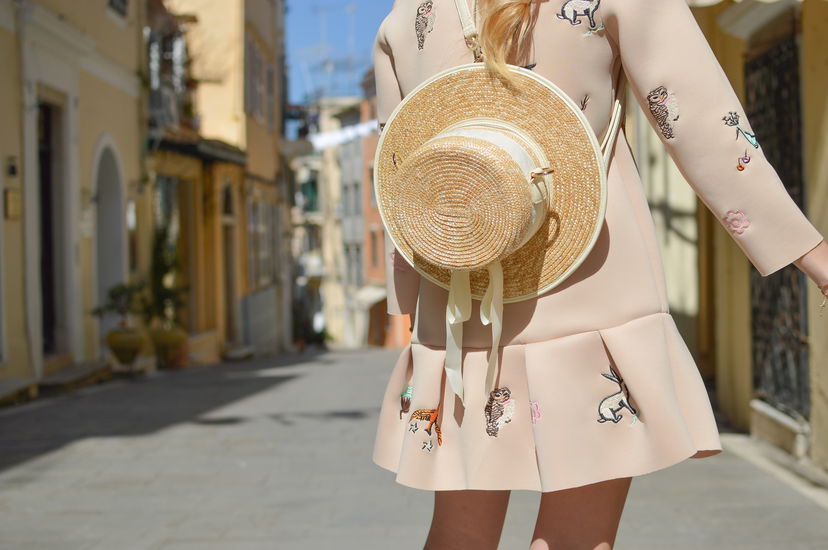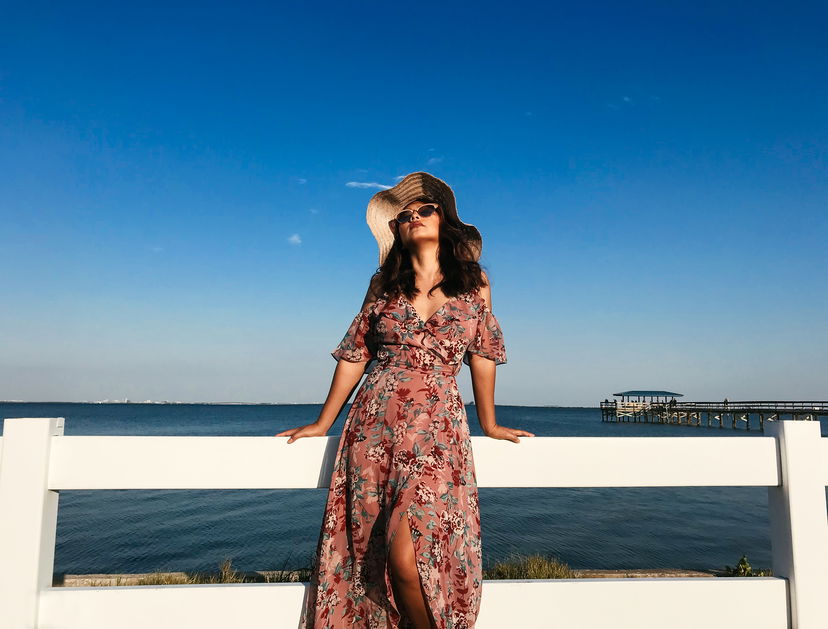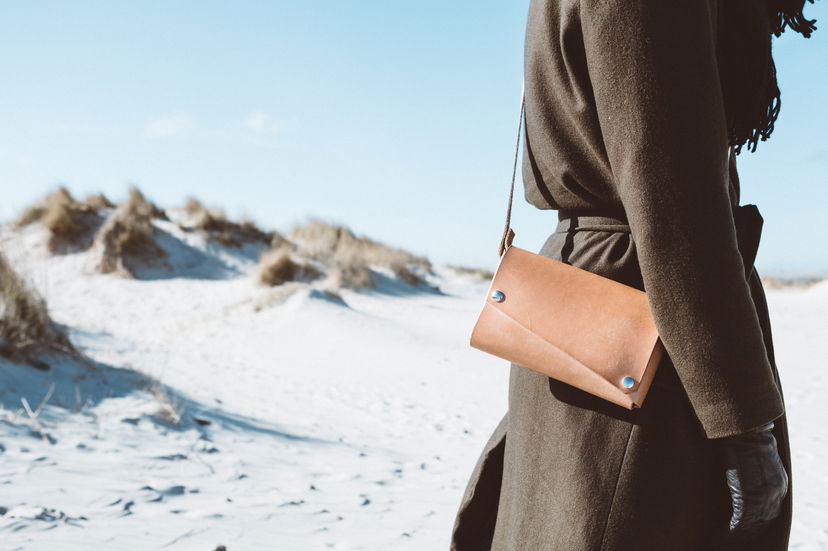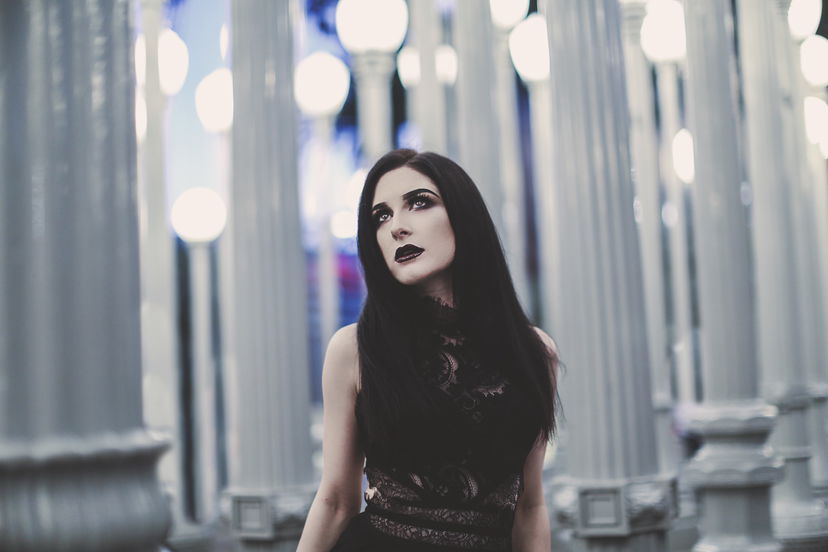How to Shoot High Fashion Photography
High fashion photography is all about creating beautiful, glamorous and often dreamlike images that capture the essence of luxury and high-end style. While it may seem like a daunting task, with the right tips and techniques you too can create stunning fashion photos that will make your clients happy – and their wallets even happier!
High Fashion Photography: Popular Fashion Genres
The type of outfit dictates how we shoot photos. And every fashion genre has a specific approach when it comes to imagery.
Let’s find out what it takes to create pictures for each category.
High Fashion
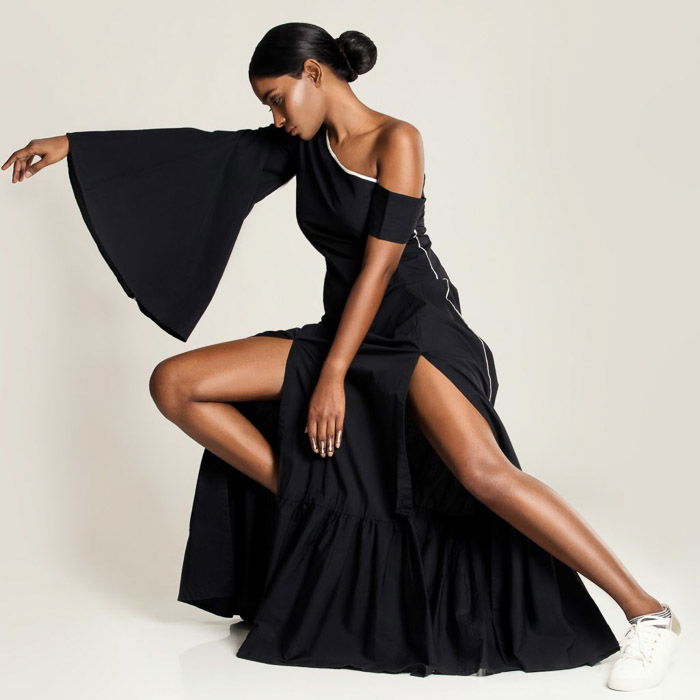
We’ve all heard of Gucci, Dior, and Chanel.
Most of the content you’ll see from high fashion brands is in the form of advertisements. These companies often choose advertising platforms that their wealthy clients also use.
That's why you only see their ads in magazines such as Vogue and not teen fashion publications.
Most of the high fashion commercials you see are either highly conceptual or elegantly simple. Many of them also prefer full page or double page print ads to grab the reader’s attention.
A high percentage of high fashion print ads feature supermodels and actors. Their use of high profile celebrities adds to the allure and exclusivity of their brand.
Top brands also hire famous fashion photographers to create content for their marketing. It's their way of telling people that premium items need premium quality even when it comes to photography.
Street Fashion
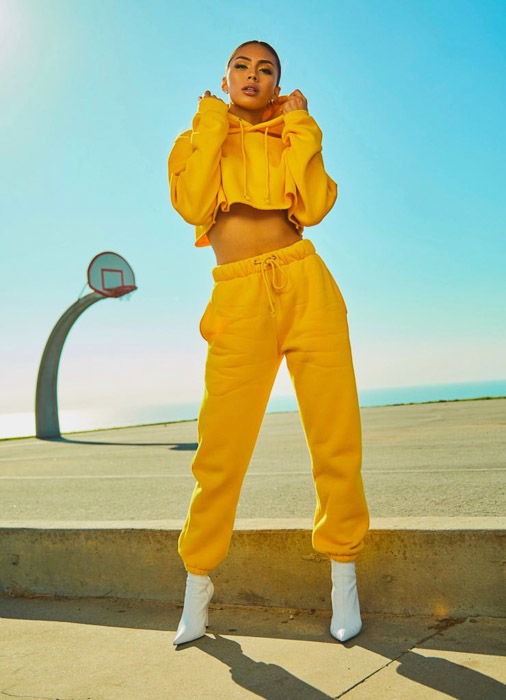
Also known as urban fashion, this genre represents the opposite of high fashion. It showcases wardrobes that people like to wear every day.
Unlike high fashion, street fashion has a more rugged look. It's all about shirts, jeans, hoodies, and other fashion articles you often see people use in urban areas.
Of course, it doesn't mean that a regular t-shirt and a pair of jeans make up street fashion. It also includes dresses and casual outfits that emphasize elegance without sacrificing comfort.
Street fashion involves particular looks from all sorts of subcultures. Some street fashionistas might go for the skater or grunge look. Others will find inspiration in hip-hop or Kawaii-inspired Japanese aesthetics.
Since street fashion draws from a variety of inspirations, it’s not surprising if you see it in catalogs or even editorials.
Alternative Fashion
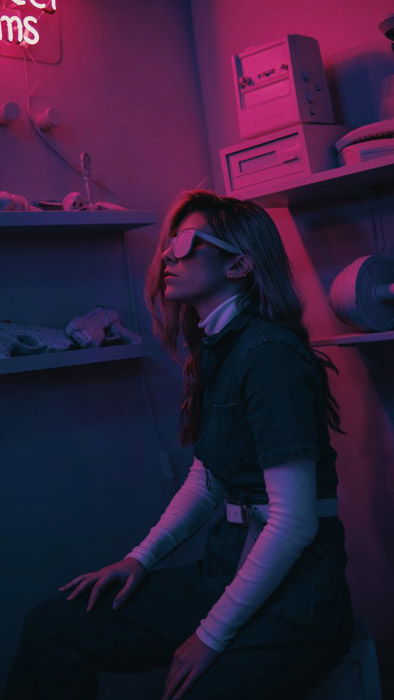
Everything that doesn't fit mainstream fashion belongs in this category. It's a tricky term to use. What makes up "alternative" today may become popular in the next few years.
Some trends that are now considered mainstream include hippie, grunge, and hip-hop. But there are also other styles that constantly go in and out of fashion, like punk and goth.
These days, there isn’t one subculture that dominates when it comes to alternative fashion. We're seeing a lot of individuals mixing and matching different styles.
Alternative fashion doesn't always appear in big magazines. But photography is still a big part of helping these trends spread.
It doesn’t depend on traditional publications. Instead, it relies on alternative media and online sources.
One of the most popular portals for alternative fashion are street style blogs. These sites document the current trends as they develop and evolve on the streets.
Common Fashion Photography Styles
While there are plenty of fashion genres out there, there are also many ways to shoot models and outfits.
Here are some of the common photography styles that you often see online or in print.
Editorial
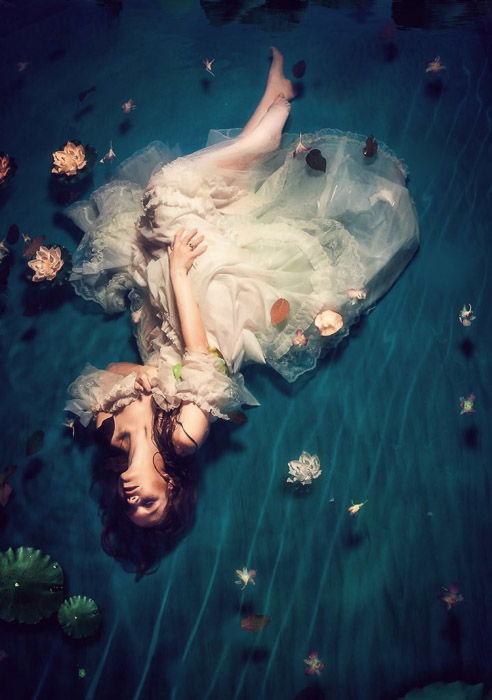
This term refers to a series of images spanning a few pages you see in fashion magazines. It shows the glamorous lifestyle involved in wearing different fashion brands.
In a way, a fashion editorial is like reading a story but through visuals and not words. The first page has a title as well as the name of the model and the photographer. And the next pages show a character (the model) acting out different scenes.
Fashion editorials revolve around a theme. It could be anywhere from a woman walking around Paris, to someone adventuring in the deserts. Its primary function is to feature clothes in different scenarios.
Editorial photography also often involves several brands. So the photographer needs to be creative when it comes using different angles.
A typical shoot would have close-ups for jewelry and long shots to show the entire wardrobe.
Beauty Editorial
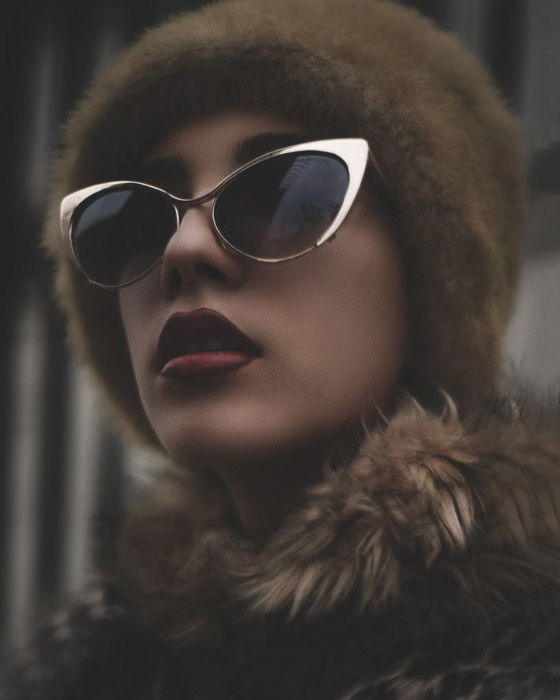
Not all fashion photography types involve outfits. Jewelry, hairstyle, and makeup are also integral in fashion. And the best way to photograph these elements is through beauty editorials.
Unlike a regular editorial, a beauty editorial focuses on the face and the top half of the model. Its purpose is to show the small items that the subject is wearing. These include rings, earrings, and other small pieces of jewelry.
Apart from jewelry, beauty editorials are also useful when it comes to showcasing headwear. Because of the proximity of the camera to the model, this photography style lets people examine the details of the product better.
Beauty editorials also emphasize the model’s natural appeal. That’s why it’s useful in highlighting hairstyles and makeup. There are even occasions when people use it to show nail art.
Catalog
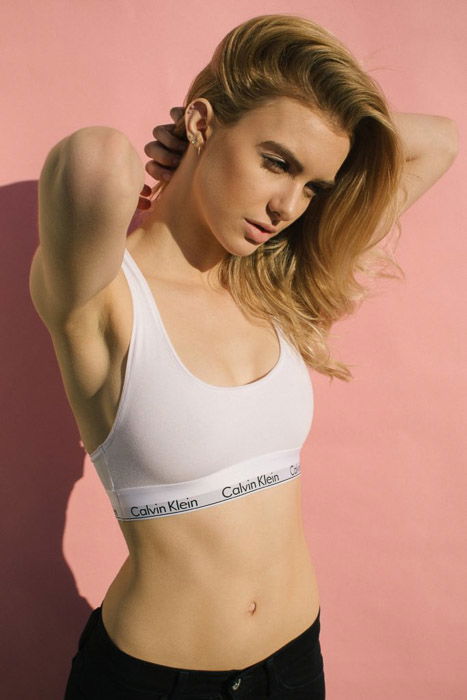
This type of commercial photography is all about simplicity. Its primary goal is to sell clothes to consumers. It features minimal styling to bring focus on the outfit.
Think of catalog fashion as any other product photography you see in magazines. The only difference is there's a model present in the image.
Catalog photos often feature a plain background. The most common colors you see are white and grey. But sometimes, photographers also use neutral colors to make the product pop.
Another characteristic of catalog photography is the lack of props. Every once in a while, you'll see a small item or even a chair. But in most cases, the background is bare.
The poses in catalog images are also more straightforward. Models often stand straight to ensure the entire outfit is visible.
Every once in a while, they position themselves in a way that shows the different features of the item, such as pockets or zippers.
Lookbook
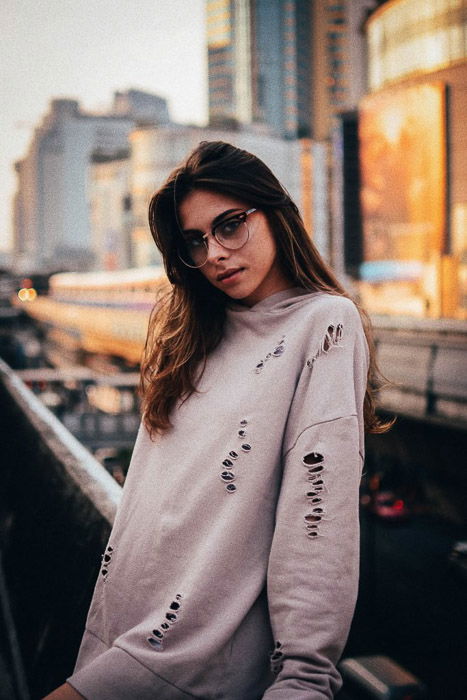
What would happen if you combined catalog with lifestyle photography? You end up with what people call a lookbook.
A lookbook is a way to show people different ways to wear clothes. Instead of a plain background, it often features an authentic location. Doing so allows people to imagine what they'd look like in everyday situations.
The infusion of lifestyle with fashion also makes lookbooks like editorials. But the difference between a lookbook and an editorial is that a lookbook doesn't involve a story. It displays outfits much like catalog shots.
Fashion brands often use both catalogs and lookbooks when marketing their products.
Of course, a lookbook is not just for selling clothes. People also use it to feature their work as a model or a photographer.
Instead of showing one look like a typical portfolio, it shows different styles from one outfit.
Street Style
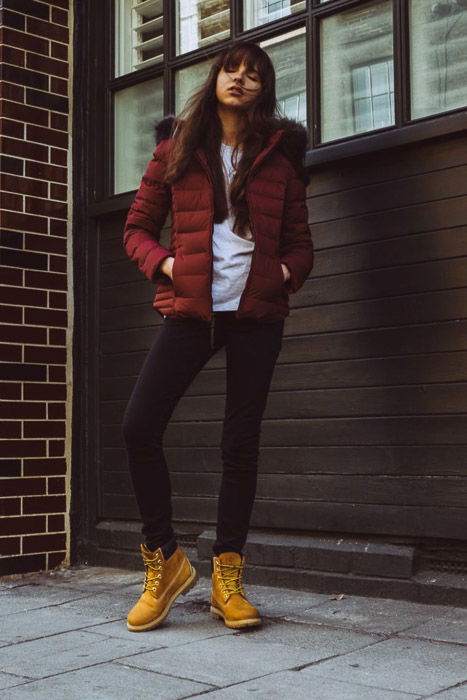
Street style involves taking portraits of well-dressed strangers on the streets. It became a common activity among fashion bloggers in the early 2000s.
Street style photos often look like regular portraits or paparazzi shots. Some photographers like their subjects to pose. Others like to take photos as the moment happens.
What makes it different from other fashion photography types is its sense of spontaneity. In normal situations, street style photographers don’t plan their shoot in advance. Instead, they look for people to shoot all the time and ask them for a picture.
These days, you'll see prominent publications such as Vogue include a street style section in their publication. Apart from featuring regular people, they also include a lot of celebrities in and outside of gala events.
People like it because it’s relatable. Even if you’re a regular person, you have the chance to be photographed if you’re wearing a nice outfit.
Outfit of the Day
This photography style is popular among bloggers and influencers. It doesn't advertise clothing like the other ones on this list. It serves as an individual's fashion journal.
O.O.T.D. is a great way to create content for social media and fashion blogs. Plenty of socialites and celebrities do it. But the majority of people who do it are amateur fashionistas.
This particular style is an informal way of documenting clothing. A lot of the images of this kind involve simple backgrounds such as city streets or even bedroom walls. It's also common to see pictures taken with phones instead of professional cameras.
The clothes featured in O.O.T.D.s often belong to the wearer. In most cases, they're a mishmash of brands that showcase the individual's style. And thrift store finds are common.
In general, O.O.T.D.s are personal rather than commercial. But some people also use it for marketing. And there are times when brands sponsor a blogger to feature specific products.
Conclusion
You don't have to choose one photography style when it comes to fashion photography. Plenty of successful photographers know how to shoot both catalog and editorial.
Learn all fashion photography types listed in this article to make yourself a well-rounded lensman.
Check out our posts on shooting a fashion show or taking dark and moody portraits next!

